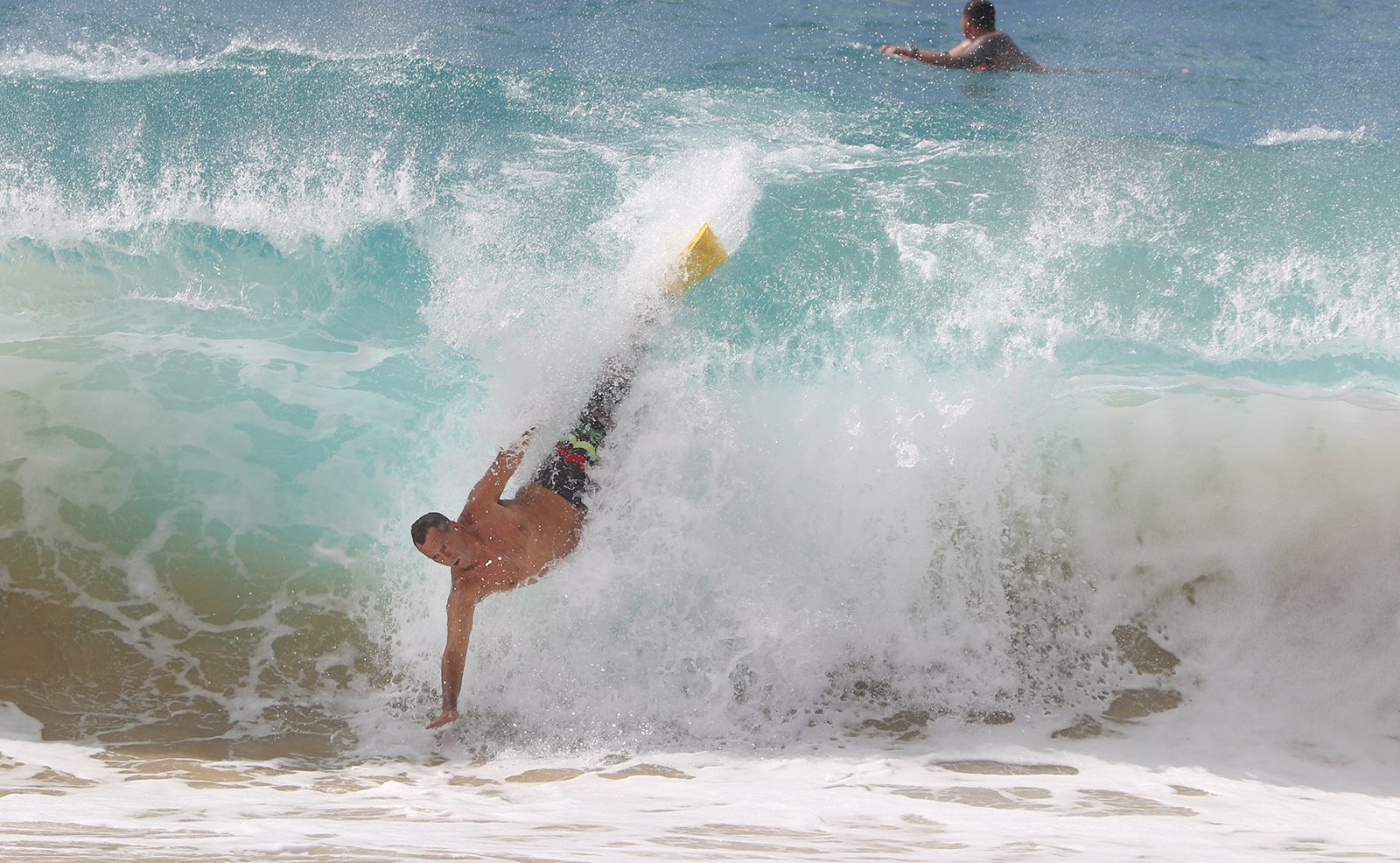Margaret Proffitt hasn’t spent a whole lot of time thinking about what the future holds for her.
The 80-year-old Pearl City resident is still fully independent, able to drive herself around and manage upkeep on the home she and her husband purchased in 1969. For the last few years, much of her focus has been on taking care of others: a husband with dementia who passed away last year, and an adult son with developmental disabilities who lives in a care home.
It’s only been in the last few months, as leg pain spurred her to start using a walker, that Proffitt has started to think about what she might do when she is no longer able to fully care for herself. Long-term care is also becoming more of a regular topic of conversation among her longtime neighbors, several of whom are in their 80s or 90s and are grappling with similar dilemmas.
“I like my house and I like where I live,” Proffitt said. “I don’t want to give up my freedom and what I like to do.”

Proffitt likes the idea of hiring someone to come to her home and help with everyday tasks when she can no longer manage on her own. But even with smart financial planning, that may not be so easy.
When Proffitt and her husband bought their home six decades ago, Hawaii had the youngest population in the country. Today, it is on track to having the oldest.
By 2035, when the last baby boomer reaches retirement age, nearly 1 in 3 Hawaii residents will be over the age of 60. The more significant change, demographers say, will be a sharp increase in the number of residents over 80 — an age at which people are more likely to have one or more disabilities and need additional health care and assistance with the basics of everyday life.
Hawaii is already facing a shortage of workers in the health and senior care industries. There aren’t enough nursing home beds, assisted living facilities and affordable housing units to meet current demand — let alone the coming wave of retirees. There are waitlists for in-home services, even for people who can afford it. Family caregivers are struggling to get respite care.

The number of potential family caregivers for seniors over the age of 80 is also dwindling rapidly, as the birth rate continues to decline and younger families leave the state in search of more affordable living.
The challenges of Hawaii’s aging population extend far beyond retirees. Fewer people in the workforce will mean worker shortages across all industries. It could also mean lower tax revenues, a sluggish economy, and competing budget priorities as the state struggles to meet the needs of a larger senior population.
The state will need to come up with innovative solutions to help seniors and their caregivers thrive. It will also face tough financial decisions that will impact everyone living in the state.
“I don’t know if people realize how rapidly Hawaii’s population is aging right now. I think people tend to feel like this is a problem for the future,” says Andrew Mason, an emeritus professor of economics at the University of Hawaii Manoa. “It’s not something that we can postpone looking at.”
Hawaii’s high cost of living and the state’s caregiver workforce shortage are two of the biggest challenges facing this next generation of retirees.
But baby boomers also differ from their parents in significant ways. People on the verge of retirement today are more likely to carry debt and less likely to have an employer-sponsored retirement plan. They have accumulated less generational wealth than retirees born a decade earlier, are more likely to live alone, and are at a higher risk of illnesses like diabetes that could impact their quality of life.
“One of the significant differences is the fact that everything is so much more expensive,” Keali‘i Lopez, state director of Hawaii AARP, said. Even people who retired a few years ago are finding that their retirement income isn’t stretching as far as they expected with the high rate of inflation.
A growing number of seniors are childless or no longer have family in the islands. And while seniors in Hawaii have a much higher home ownership rate than younger generations, more retirees are renters than in past generations, which puts them at a significant economic disadvantage.
“I don’t think I would be here if we didn’t buy our home when we did,” Proffitt said. “If you don’t have a home, I don’t know how you could stay in Hawaii as a senior.”
The state has 8,135 affordable housing units reserved for the elderly — about half as many spots as there are seniors in the state living in poverty, according to studies using supplemental poverty measures. Seniors make up a growing portion of the state’s homeless population.

Zeona Naho’oikaikaholoholokulani, 74, was homeless and recovering from pacemaker surgery when she was offered a subsidized apartment at a low-income housing complex in Waipahu a decade ago. The apartment has been a life saver, she said, but she worries about losing it. Last year, when she was in and out of the hospital frequently, she struggled to keep up with payments.
Naho’oikaikaholoholokulani grew up in Laie, but none of her children live on Oahu now. She’s active with a Waianae-based community group known as the Kupuna Council. She volunteers as regularly as she can, teaching hula or ukulele to children in her building. And her extended community tries to make up for a lack of family caregivers nearby, but Naho’oikaikaholoholokulani says there are still things that she struggles with physically.
“I really need help in washing my dishes, taking my laundry down,” she said, adding that her laundry line fell down on her once because it was too heavy for her. She’s been working with someone at her health insurance company to request in-home aid, but has had little success so far.
Helping residents like Naho’oikaikaholoholokulani stay in their homes as they age is one of the main goals of Honolulu’s Elderly Affairs Division.
Every county in Hawaii has a designated agency to support the needs of older adults — part of a federal requirement for receiving senior funding. The Honolulu office operates a helpline to connect seniors with resources, distributes funding to community organizations, and assesses eligibility for programs that help seniors with things like bathing and basic care.
Nursing homes in Hawaii cost an average of $150,000 a year according to a recent survey by Genworth — among the very highest in the nation. Smaller care homes and assisted living facilities are less expensive, but still out of reach for many. Providing services to help keep seniors in their home is far more cost-effective. It’s also what a majority of seniors say they would prefer.
But even when people have the money to hire in-home help, or qualify for free services through the county, workers may not be available. The Honolulu Elderly Affairs Division, which received 17,000 calls in 2022 from seniors and caregivers seeking information, has waitlists for personal care, homemaker and attendant care services. Kauai has similar waitlists.

When Ken Takeya’s wife was diagnosed with dementia 19 years ago, he was overwhelmed trying to figure out everything he needed to do to care for her. There’s a huge learning curve, he said. As Takeya became more comfortable, he became something of a go-to resource for other family caregivers on the Windward Coast.
Today, Takeya pays for a caregiving service that comes in six days a week from 9 a.m. to 2 p.m. One of his sons comes by on the weekends to lend a hand. He also rents out a room in his house to a woman in her early 60s who was at risk of becoming homeless after her rent increased significantly. In exchange for an affordable room, the woman lends a hand in the evenings.
It’s taken years of rotating through different caregivers to find a system that works and is reliable for his family. The state, Takeya says, is not ready for an increase in seniors needing this kind of intensive care.
“No. We’re not even ready now. That’s a problem,” Takeya said. ““There’s not enough places or individuals to take care of the aging population.”
There’s also a significant cost. Takeya spends about $46,000 a year out of pocket on his wife’s care. Families without the resources to hire help pay a different price such as lost wages from having to stay home themselves and a level of physical and emotional burnout that can take a serious physical toll.
The gap between the cost of services and resources retirees will need in the next few decades and the amount of savings they have accumulated is a huge challenge the state will have to face in the coming decade, says Mason of UH.
The rapid aging of the baby boomer generation is not necessarily a harbinger of doom for the state.
Researchers at the University of Luxembourg have found that an aging workforce can correspond with an increased level of innovation across society. Putting programs in place to support more innovation could help counter the expected economic challenges that come with this demographic shift.
Necessity, after all, spurs invention. The pandemic has ushered in significant technological advancements in health care delivery that could make a big impact in senior care.
And efforts to improve life for seniors can improve the quality of life for everyone in the state, Lopez of the AARP points out. Addressing the state’s high cost of living, housing shortages, and the need for better retirement savings will also help future generations.

The baby boomer generation reshaped much of American life. In retirement, they could do the same. Having a large population of active retirees could have a big impact on civic engagement in the state.
“When folks talk about the silver tsunami, almost always — at least in media — it is presented as this looming wave of baby boomers that’s going to sap our financial and social service resources,” said Derrick Ariyoshi, county executive of the Honolulu Elderly Affairs Division.
Yes, it’s true that the state has to look ahead and make sure it can meet the needs of people of every age, Ariyoshi said.
But it would be a disservice not to highlight the huge opportunities we have with the baby boomer population, many of whom have the energy, willingness, and desire to give back to their community.
If Hawaii doesn’t build the infrastructure and supports to tap into retirees as more of a resource, “that’s a huge loss of opportunity as well,” he said.
Civil Beat’s community health coverage is supported by the Atherton Family Foundation, Swayne Family Fund of Hawaii Community Foundation, the Cooke Foundation and Papa Ola Lokahi.







Leave A Comment